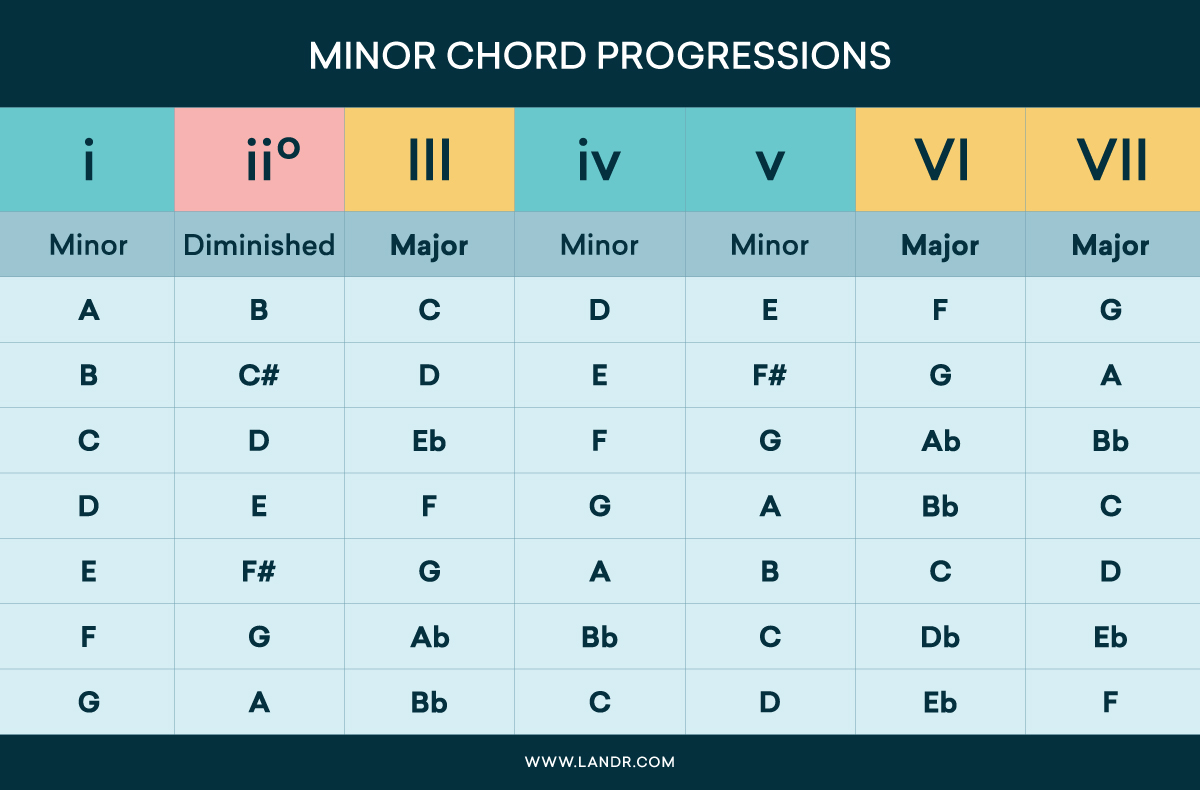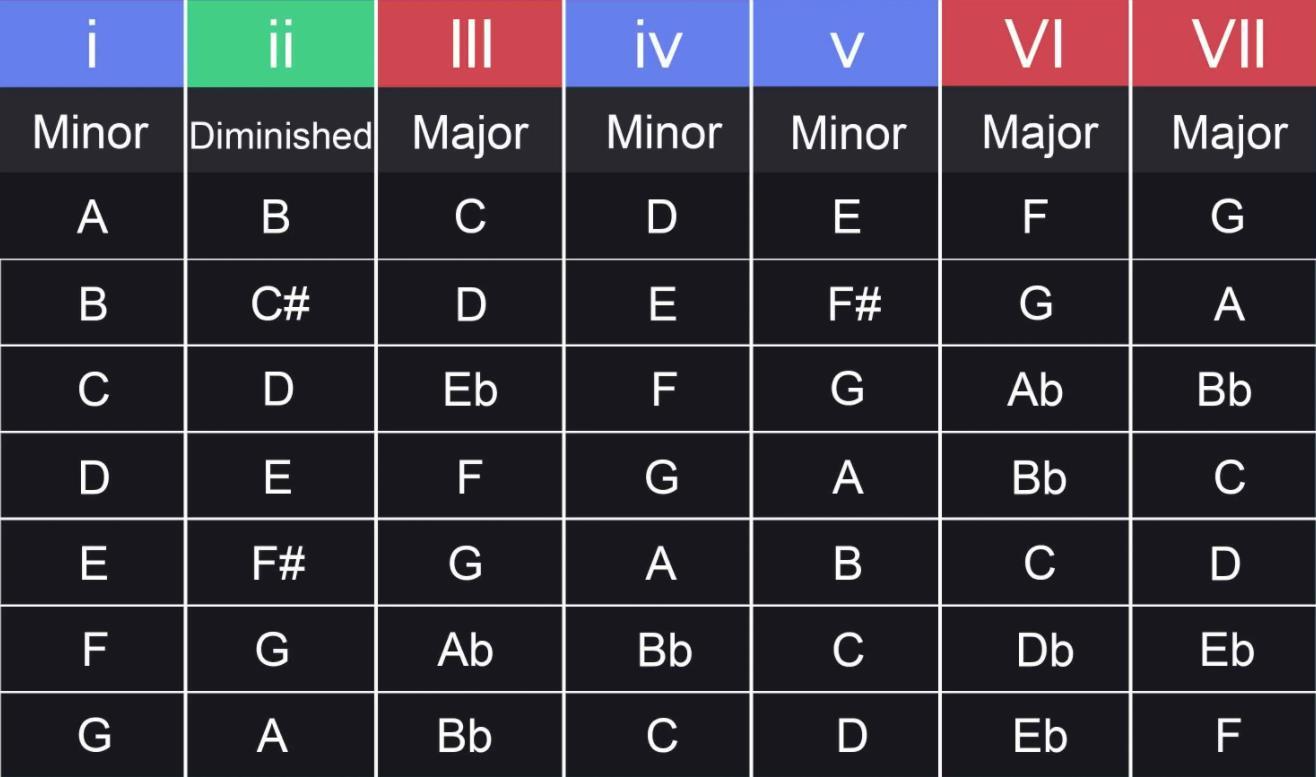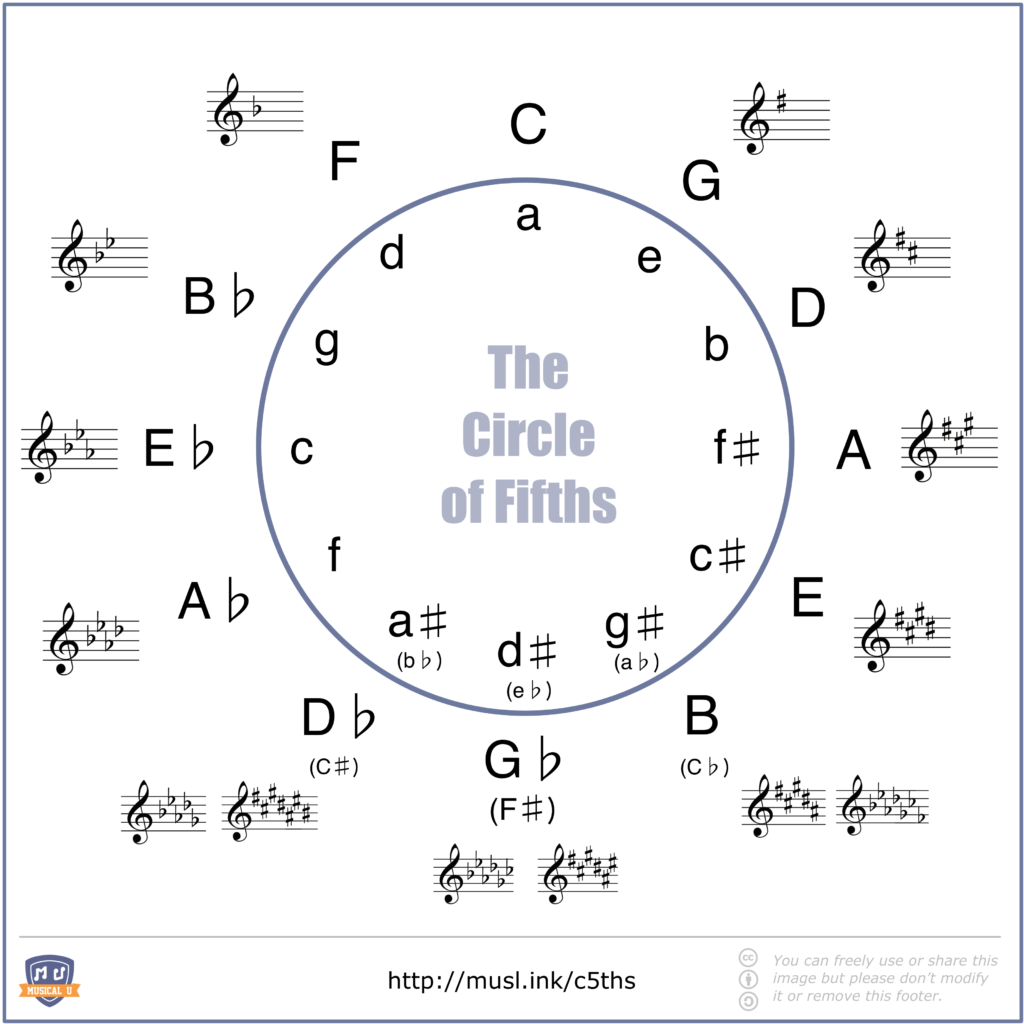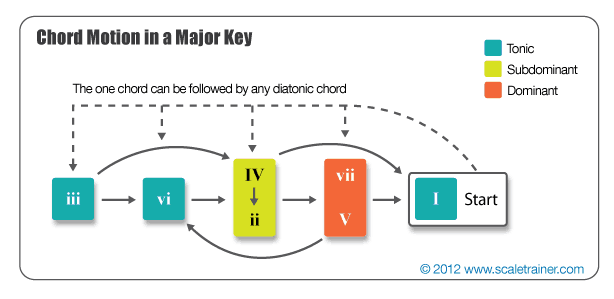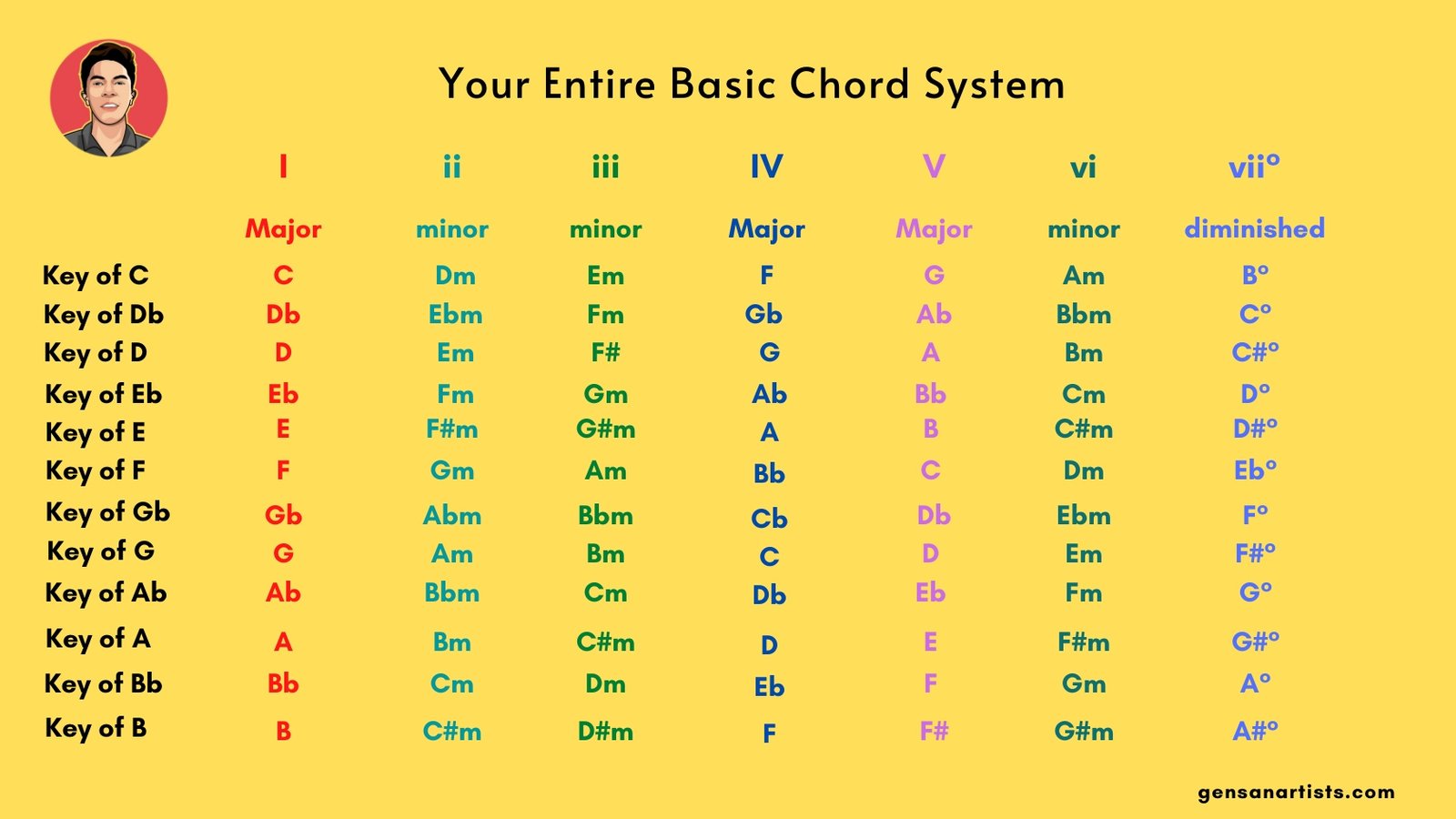Impressive Tips About How To Build A Chord Progression

Make the first chord the home chord of the key (1st chord of the key).
How to build a chord progression. In this week's tutorial, we're covering 5 essential tips on beefing up your chord progressions for music makers. How to make chord progressions with a sense of direction 1. A circle chord progression is one where each successive chord seems to naturally flow from the previous chord.
About press copyright contact us creators advertise developers terms privacy policy & safety how youtube works test new features press copyright contact us creators. In this lesson we’re going to take a few nice sounding chords and use them to build a chord progression packed full of groove, flow and all of the details that. First, you need to select a major or minor key.
Using just two chords, we can create some interest but also create a sense of continuation. You don’t have to use all of the chords of the key. Mixing major and minor chords with.
Extended chords are great for this. Try them out for yourself: The term functional harmony is broadly used to describe harmony.
I don't remember the exact intervals between the notes, so i let ableton highlight the scale for me and then everything becomes much easier. Triads formed from pitches of a common scale sound. I really like, horror, epic, orchestral, mysterious type.
Chord progressions get weird to a western ear, an ear brought up on diatonicism, when they break with this storyboard. St get started in introduction u1 notes u2 scales u3 intervals u4 chords u5 chord progressions u6 rhythm u7 musical notation ou learning more There is a simple trick to get seven triad chords that work great together.

